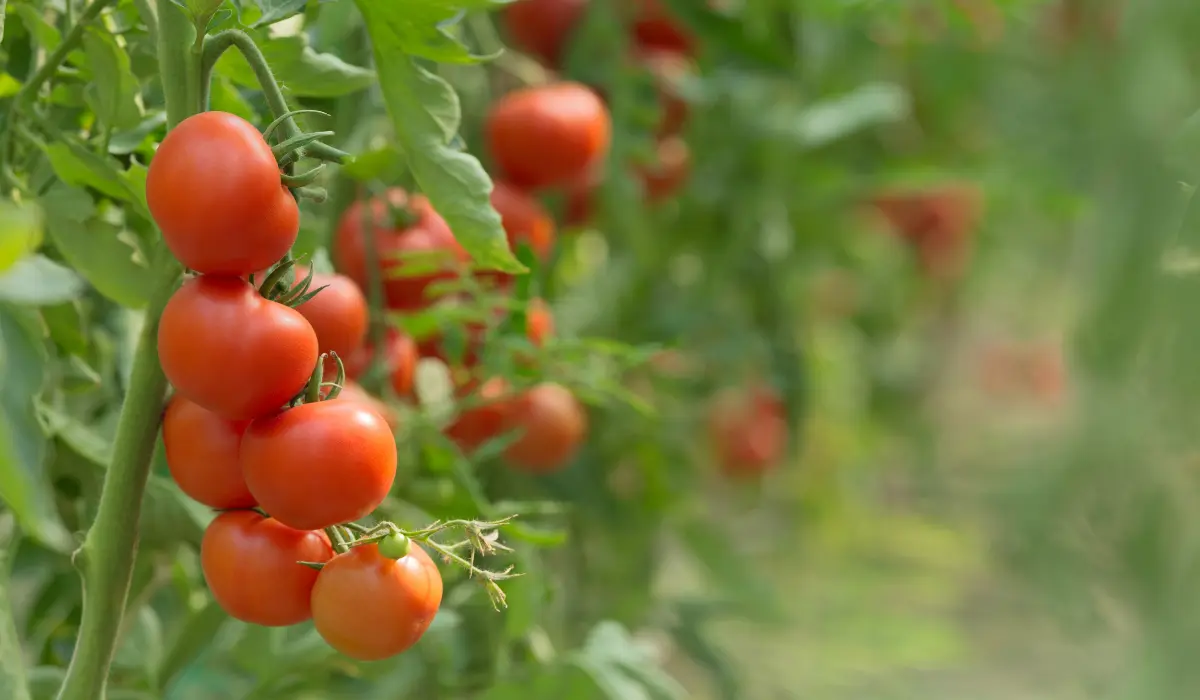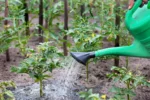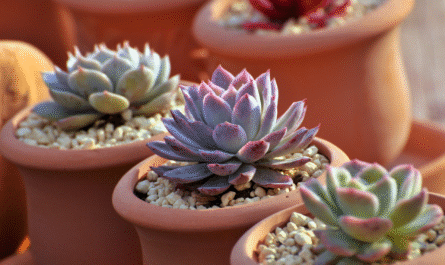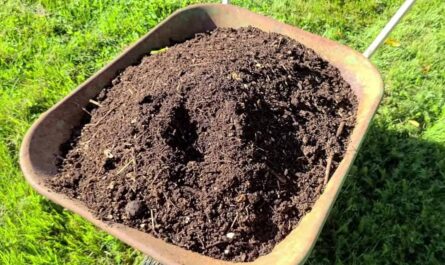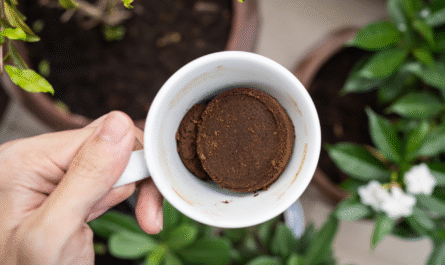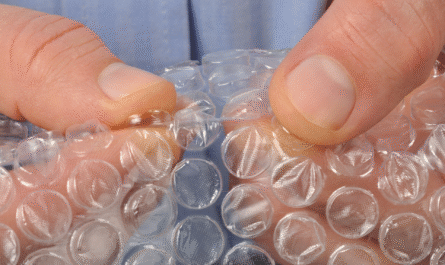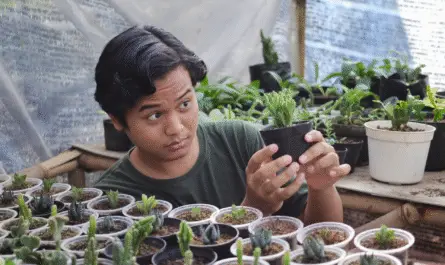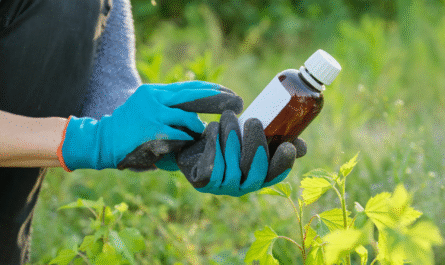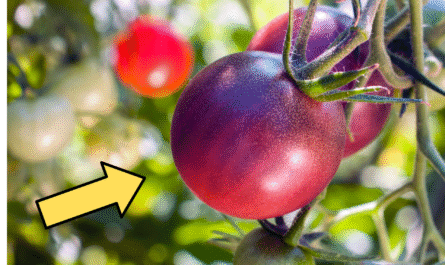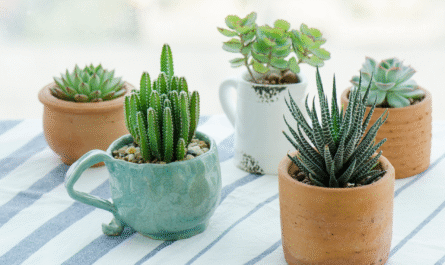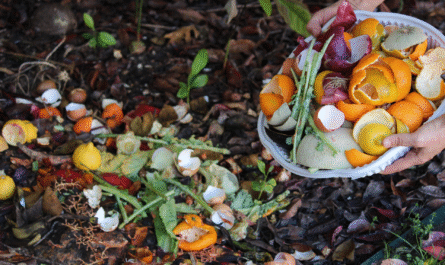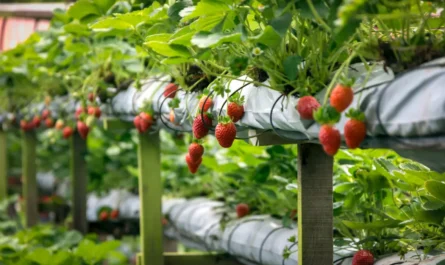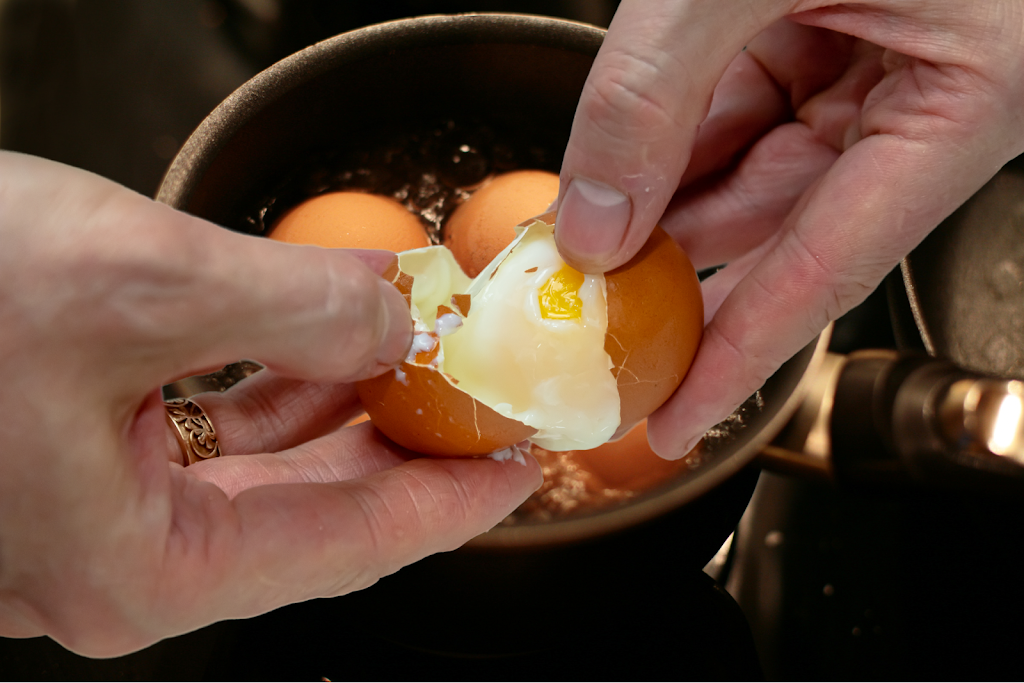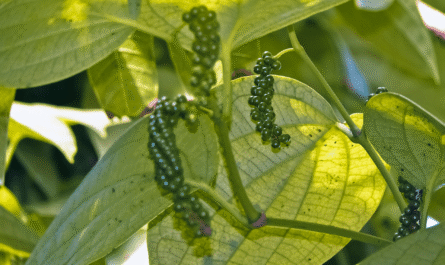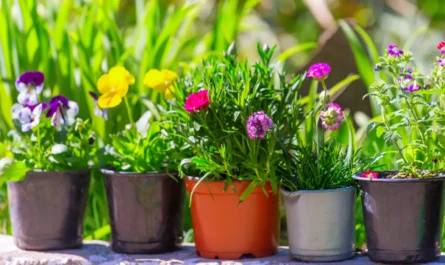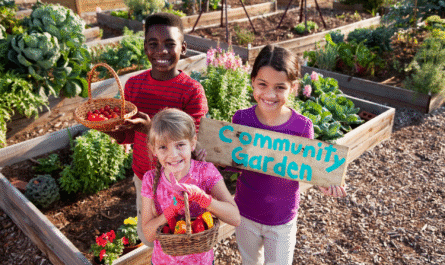I’ve been growing tomatoes for decades, and I can tell you this, if you ask ten gardeners how long it takes, you’ll probably get ten different answers.
That’s because the timeline depends on variety, climate, soil, and even the gardener’s patience. Still, there are patterns and predictable stages that, once you understand them, make tomato growing much less of a guessing game.
Knowing how long tomatoes actually take to grow isn’t just trivia. It’s about planning your planting schedule, spacing out your harvests, and avoiding the disappointment of expecting ripe fruit too soon.
When you understand the timeline, you can make informed decisions, from when to start seeds to when to enjoy your first juicy bite.
Understanding the Tomato Growth Timeline
When people ask me how long tomatoes take to grow, my first question back is, “From which point are we counting?” If we start from seed, the process can take anywhere from 85 to over 120 days for many varieties.
But if you buy young transplants, you shave weeks off the calendar. That’s why clarifying whether we mean seed-to-harvest or transplant-to-harvest matters.
Tomatoes fall into two broad categories: determinate and indeterminate. Determinate plants tend to ripen their fruit all at once within a set window, often in about 65–85 days from transplant. Indeterminate plants, however, keep growing and producing until frost stops them, which means the first ripe fruit may take 75–95 days, but you’ll get a continuous trickle afterward.
Climate adds another layer of complexity. A variety that matures in 75 days in a warm, sunny region might take 85–90 days in a cooler, cloudier climate.
Heat, light, and soil warmth all push or slow the clock. I’ve had the same variety ripen two weeks earlier in a greenhouse than it did in my outdoor beds.
The Seed Germination Stage
If you’re starting from seed, the first milestone is germination, the moment those tiny green shoots break through the soil. Under ideal conditions, tomato seeds germinate in 5–10 days. That ideal means soil temperatures between 70–80°F, consistent moisture, and enough air circulation to keep things healthy.
I’ve learned that the warmth of the soil matters even more than the warmth of the air. I use a heat mat under my seed trays in early spring, which keeps germination consistent and fast. Without it, I’ve seen seeds take up to two full weeks just to sprout, which can throw off the whole schedule.
Many beginners delay this stage without realizing it. Planting too deep, keeping the soil too cold, or letting it dry out between waterings can stall germination.
For me, the key is creating a mini tropical environment right from the start, warm, damp, and bright, and keeping it steady until every seedling is up.
Seedling Development and Early Growth
Once germinated, seedlings enter a 4–6 week growth period before they’re ready for transplanting. During this time, the plants are busy building a strong root system and sturdy stems. It’s tempting to rush them outside, but if the plant isn’t robust enough, you risk stunting it permanently.
Light is the most important factor in this stage. Indoors, I keep seedlings under grow lights for 14–16 hours a day to prevent leggy, weak stems.
Outdoors, in mild climates, a protected sunny spot works well. I also water from below when possible, letting the roots seek moisture and grow downward.
Fertilization during seedling growth should be light but regular. Too much nitrogen early on produces lush green leaves but weak stems. I’ve found that a diluted seaweed or fish emulsion every two weeks keeps them healthy without pushing growth too fast.
Transplanting and Establishment
Moving seedlings into the garden or larger pots is a stressful moment for the plant. The first 1–2 weeks after transplanting aren’t about rapid top growth; they’re about the plant establishing itself in its new home. This period can make or break the rest of the season’s timeline.
I always transplant deep, burying two-thirds of the stem. Tomatoes can sprout roots from buried stems, so this gives them a stronger base and better nutrient access. It may seem counterintuitive to bury so much stem, but it pays off later in stronger, more resilient plants.
To reduce transplant shock, I water deeply right after planting and avoid fertilizing heavily for the first week. Over the years, I’ve learned that pushing growth too soon after transplanting can actually slow the plant down, as it needs that initial time to settle.
Flowering and Pollination
Tomatoes usually begin flowering 5–7 weeks after transplanting, though the exact timing varies by variety and growing conditions. This is the plant’s signal that it’s ready to switch from pure vegetative growth to reproduction.
Temperature plays a big role in this stage. Cool nights below 55°F or hot days above 90°F can slow or interrupt flowering. I sometimes use row covers early in the season to keep the nighttime temperature steady, especially in unpredictable springs.
Pollination is the quiet but critical step between flowers and fruit. Outdoors, wind and pollinators usually do the work. Indoors or in still conditions, I gently shake the plants or use an electric toothbrush to mimic the vibration of a bee. This can speed up fruit set and keep the harvest window on track.
Fruit Development and Ripening
Once pollinated, tomato fruit generally takes 20–30 days to reach full size, then another 20–30 days to fully ripen. That means you could be looking at 40–60 days from flower to picking. Smaller types like cherry tomatoes ripen more quickly; large beefsteaks take longer.
Ripening speed depends heavily on temperature and sunlight. Warm, consistent days help the process along, while extreme heat can actually slow it down by disrupting pigment production. That’s why a hot midsummer can sometimes delay red tomatoes rather than speed them up.
I avoid the temptation to pick tomatoes the moment they blush. Vine-ripened fruit has a richer flavor, and I’ve found that waiting just a few extra days past “almost ready” makes all the difference in sweetness.
How Seasonal Factors Influence Growth Time
Spring-planted tomatoes often have the fastest timeline because they get the benefit of lengthening days and increasing warmth. Summer-planted crops can be slower if heat waves interrupt flowering and fruit set. Fall crops in mild climates grow steadily but may ripen more slowly as daylight hours shrink.
In cooler climates, I start seeds indoors to give plants a head start before the outdoor season begins. In hot climates, I sometimes plant two crops, one in early spring and another in late summer, for a fall harvest. This flexibility keeps the timeline tight and the harvest steady.
The most valuable skill I’ve learned is adjusting expectations based on the season’s conditions. Even with all the right techniques, nature sets the pace. My job is to create the best possible environment and then let the plant do what it does best.
Final Thought
Growing tomatoes is a lesson in patience. While I can predict a general timeline, each season has its surprises. Weather shifts, unexpected pests, or variety quirks can all add days or even weeks to the process.
But there’s a reward in letting the plant move at its own pace. Every stage, from the first seedling leaves to the moment the skin turns that deep, satisfying red, has its own rhythm. I’ve learned to enjoy the waiting as much as the eating.
When you understand how long tomatoes actually take to grow, you start to see the garden as a partnership. You provide the conditions; the plant keeps its own clock. And when that first fruit is ready, the wait will have been worth it.
FAQs
Excess fertilizer won’t make tomatoes ripen faster; it often causes more leaves instead of fruit. The best “speed boost” is consistent watering, optimal sunlight, and healthy soil. Cool weather, heat stress, too much nitrogen, or lack of sunlight can slow ripening. Some varieties are simply slower by nature. In most climates, starting indoors gives you a longer growing season and earlier harvest. Direct sowing outdoors is only practical in warm, frost-free regions. A ripe tomato has even color, a slight softness when gently squeezed, and often detaches easily from the vine with a twist. Can I speed up tomato growth with fertilizers?
Why are my tomatoes taking longer than expected to ripen?
Is it better to start tomatoes indoors or outdoors?
How do I know when a tomato is truly ready to pick?

